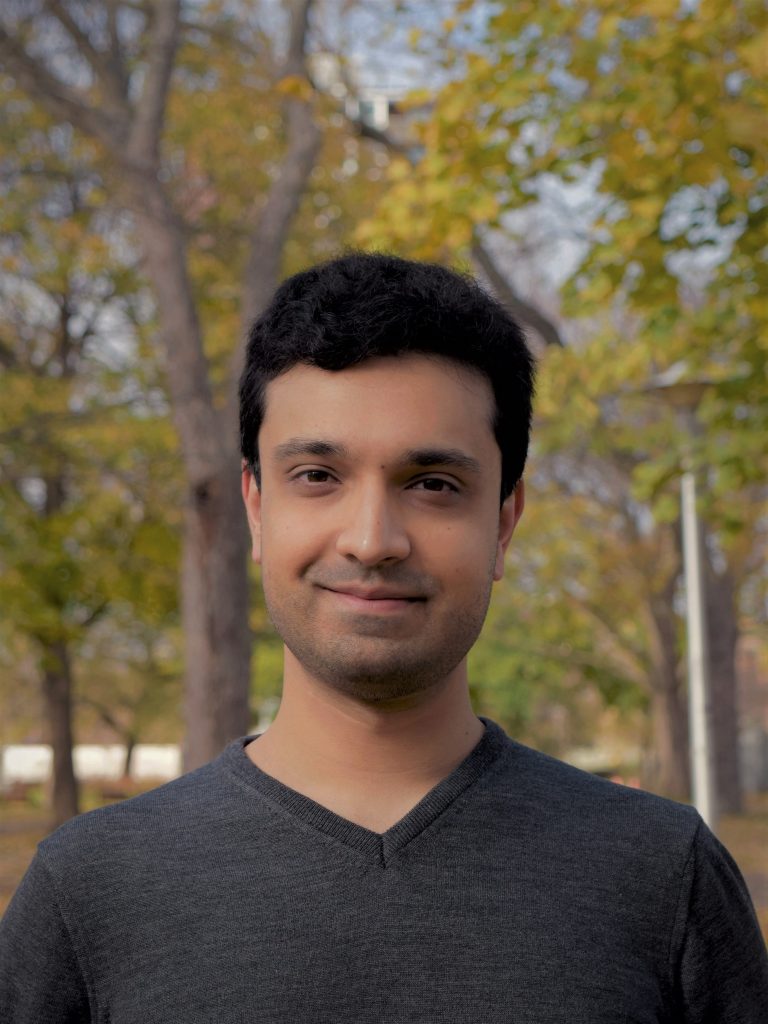2025 Speakers and Sessions
| Speaker | Session date and time | Poster and Title |
|---|---|---|
| Hiba Kellil | May 22 – 3:15 | P1-F-187 – Monkeys forgo reward for the chance to lapse |
| Jessica Scheufen | May 22 – 3:15 | P1-A-04 – How adolescent neurodevelopment is affected by different patterns of cannabis use |
| Shalini Iyer | May 22 – 3:15 | P1-A-18 – The developmental trajectory of a unique and sparse cell type in the cortex |
| Santina Duarte | May 22 – 3:15 | P1-E-144 – Sex-dependent effects of relative hyperglycemia on neurovascular coupling magnitude in healthy adults |
| Elisabet Jakova | May 22 – 3:15 | P1-C-123 – Ablation of Neuregulin-1 elicits brain demyelination and cognitive decline in adult mice: Implications for progressive multiple sclerosis |
| Amanda Namchuk | May 22 – 3:15 | P3-F-169 – Chronic stress-induced alterations to the activation of new neurons during negative cognitive bias |
| Pedro Borges de Souza | May 23 – 3PM | P2-C-120 – Prophylactic effect of physical exercise and/or agmatine against lipopolysaccharide-induced depressive-like behavior and inflammatory-related parameters in male mice |
| Cadence Opoka | May 23 – 3PM | P2-G-198 – Improving cross-species validity in attention studies by modifying a touchscreen continuous performance test |
| Govind Peringod | May 23 – 3PM | P2-B-56 – Noradrenaline recruits hypothalamic PVN astrocytes to regulate CRH-PVN neuron activity during fear learning |
| Victor Coelho | May 23 – 3PM | P2-B-48 – Targeting SRSF3 modulates microglia immune response and improves cognitive function in Alzheimer’s Disease model |
| Maria Isabel Carreno Munoz | May 23 – 3PM | P2-D-127 – Estradiol control of neural firing and auditory perception in mice and humans |
| Serena Mares Malta | May 23 – 3PM | P2-C-125 – A follow-up investigation: In vitro effects of kefir-derived biomolecules on β- amyloid aggregation |
| Rober Boshra | May 24 – 1:30PM | P3-F-178 – Pulvinar electric microstimulation enhances target detection and reshapes thalamo-cortical coupling during attention |
| Dami Solaja | May 24 – 1:30PM | P3-F-170 – Sexually dimorphic neural activation and ultrasonic vocalizations in pair bonded prairie voles |
| Richard Zhang | May 24 – 1:30PM | P3-G-208 – Seizure onset zone localization guided by neural network explainability tools for intracranial EEG data |
| Andréa Johnson | May 24 – 1:30PM | P3-F-184 – Longitudinal assessment of behavioural variability, repeatability, and anxiety responses in adult zebrafish (Danio rerio) |
| Pou Hong Justin Chia | May 24 – 1:30PM | P3-B-55 – Tracking synaptic density loss using [18F]SynVesT-1 in a mouse model of Multiple Sclerosis |
| Susana Lima | May 24 – 1:30PM | P3-C-123 – A deficit in GABAergic inhibition in the ACC as a substrate of chronic pain-induced depression |
What are Power Pitch Sessions?
Power Pitch Sessions at CAN 2025 offer a dynamic platform for trainees (Master’s, PhD and Post-Docs) to showcase their research in a short oral presentation. These sessions are designed to highlight the most innovative and compelling work in the field of neuroscience.
Who are the organizers?
Power Pitch sessions are organized by trainees, for trainees. The concept was proposed and the first was organized by J Quinn Lee & Gilberto Rojas Vite in 2024.
In 2025, two new organizers have been recruited: Zeeshan Haqqee and Liv Ansley-Engel

Zeeshan Haqqee
Zeeshan received his BSc. in Biology & Psychology and his MSc. in Psychology from McMaster University. For his Master’s thesis, he studied the sound localization properties of the inferior colliculus of echolocating bats under the supervision of Dr. Paul Faure. He then worked as a Research Technician at the Sunnybrook Research Institute under Dr. Clement Hamani, studying models of PTSD and traumatic brain injury using deep-brain stimulation in rodents. He is currently finishing his PhD, co-supervised by Dr. Mark Brandon and Dr. Sylvain Williams, where he studies navigational strategies and cognitive map development in the rodent hippocampus using Miniscope calcium imaging and automated touchscreen behavioral tasks.
Liv Ansley-Engel
Liv received her BA in Psychology from Reed College in Portland Oregon where she examined the role of estrogen receptors in ethanol withdrawal-induced anxiety. She then became a lab manager in the Saunders lab at the University of Minnesota and investigated how distinct dopamine projections from the midbrain to the striatum conferred different motivational properties to Pavlovian cues. She is currently a 3rd year PhD student, supervised by Dr. Robert Rozeske, where she studies how dopamine dynamics in the prefrontal cortex guides contextual fear expression with a special focus on sex differences. Liv is also committed to inclusive science communication practices and social justice.

When will the Sessions Occur?
Every day of the CAN 2025 meeting, six participants will be chosen to present their research. The sessions will take place just before the afternoon poster session.
How are Presentations Structured?
Each presenter will have 3 minutes to share their findings. Your presentation should include three slides (excluding the introduction slide) to convey your key points effectively. To ensure smooth proceedings, we request no videos or animations.
How were speakers selected?
Poster submitter were asked to check the designated box during your abstract submission process, and selected by random draw by the session organisers.
Why Join the Power Pitch Sessions?
This is a chance for trainees to captivate an audience of peers and experts with their research insights. Join us!
